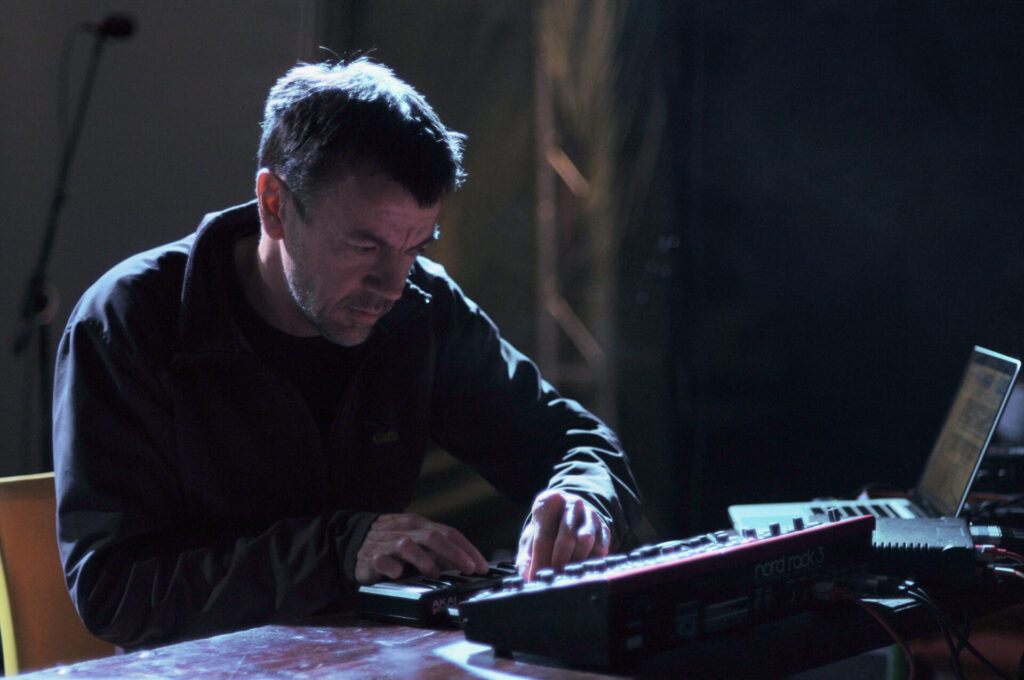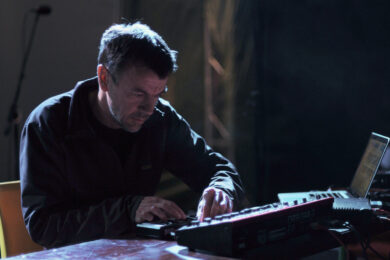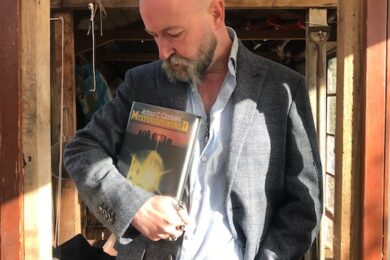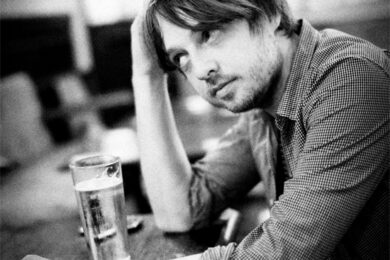The so-called Bergen Wave of Norwegian techno might have gained currency outside of its homeland during the 1990s but it was often to the irritation of musicians from Tromsø, far to the north. Like the Merseybeat, the Philly Sound or Detroit techno, the Bergen Wave became a handy media term that tended to suck everything into its orbit irrespective of accuracy.
Musicians Bjørn Torske, Per Martinsen (aka Mental Overdrive), Svein Berge and Torbjørn Brundtland (of Aedena Cycle and later Röyksopp) were some of the clan that gravitated 750 miles south to the “capital of the fjords”, but just as The Wurzels relocating to Chorlton wouldn’t make them baggy, so the Tromsonians felt weirdly misrepresented being geographically pegged to an adopted city by journalists working just off the Shaftesbury Avenue who’d quite possibly never stepped foot in Scandinavia.
The country’s love affair with techno began up in the Arctic Circle with one man: Tromsø resident Geir Jenssen, better known as Biosphere. Jenssen made waves of his own as part of Bel Canto in the mid-80s on Marc Hollander’s Crammed Discs label, and it was on the Crammed dance subsidiary SSR that he started making Detroit-inspired beats under the sobriquet Bleep. His underground success coupled with A-ha’s remarkable overground success inspired a generation growing up in the same fishing community to explore ways that they too might become superstar DJs or international popstars.
In the 2016 documentary Northern Disco Lights, a film about the rise of dance music in Norway, Bjørn Torske remembers walking past Jenssen’s house and saying excitedly to himself: “There are synthesisers in there!”; while when I interviewed Röyksopp in Oslo for Electronic Sound in 2022, the duo spoke misty-eyed about knocking on Jenssen’s door as kids and presenting him with a DAT tape of their music, and he being generous enough to take them under his wing.
Tromsø has been referred to as “the Detroit of the north”, though it’s a land more famous for snowmobiles than motorcars. Moreover, the scene was so DIY and localised that Torske and Martinsen built stroboscopes and did their own stage decor for Tromsø’s first ever rave, held in a church hall they hired themselves. Like most small towns, there are few options available to alleviate boredom – either take up hard drugs or develop a hobby and hyperfocus. That sense of ennui offers a strange kind of advantage over more bou…







